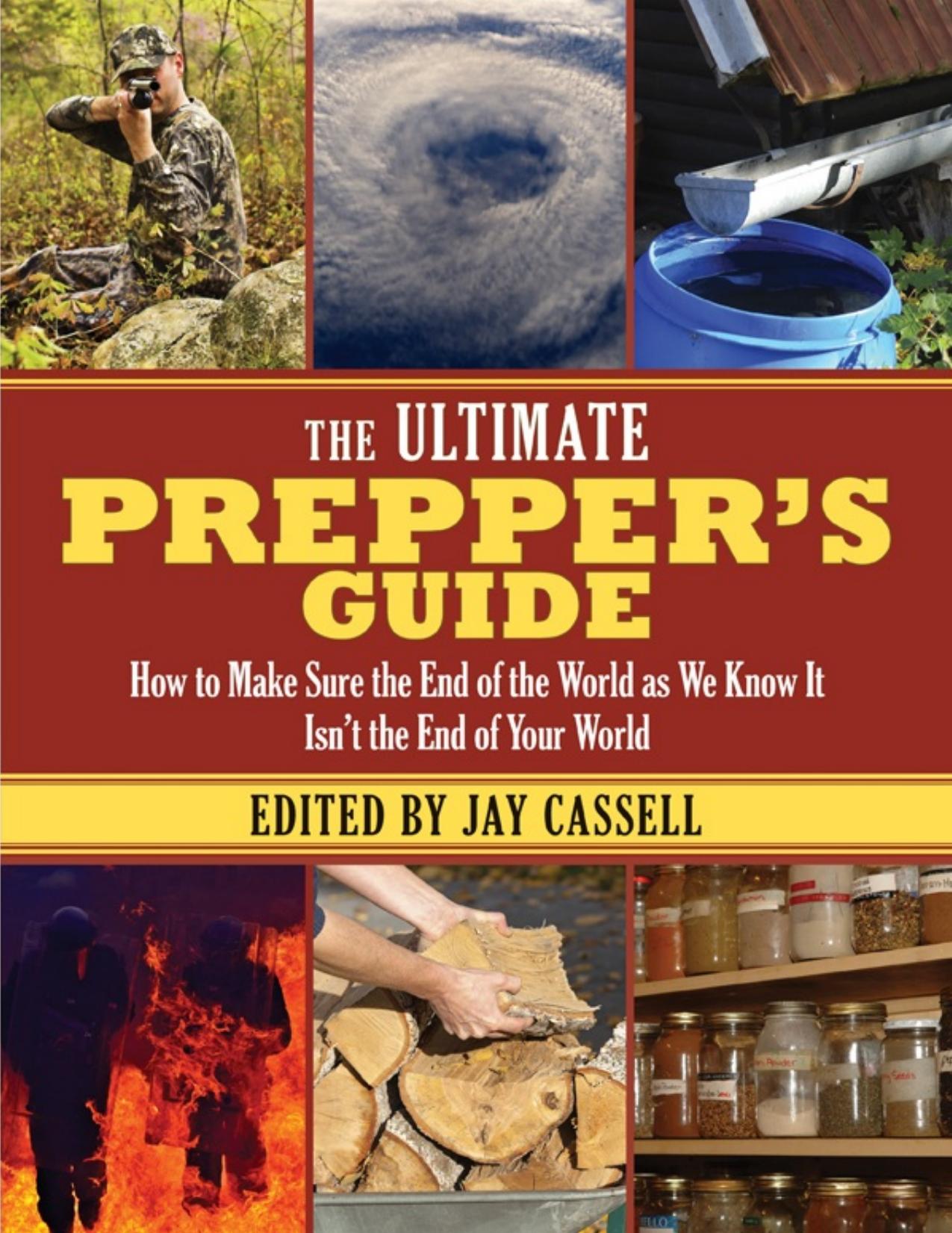The Ultimate Prepper's Guide by Jay Cassell

Author:Jay Cassell
Language: eng
Format: epub, azw3, mobi, pdf
Publisher: Skyhorse Publishing
Published: 2014-01-01T05:00:00+00:00
Sea anchor deployment.
b. Using winds—
(1) Pull in sea anchor.
(2) Inflate raft so it rides higher.
(3) Sit up in raft so body catches the wind.
(4) Construct a shade cover/sail (Figure below, right). (Sail aids in making landfall.)
c. Making landfall. Indications of land are—
(1) Fixed cumulus clouds in a clear sky or in a cloudy sky where all other clouds are moving.
(2) Greenish tint in the sky (in the tropics).
(3) Lighter colored reflection on clouds (open water causes dark gray reflections) (in the arctic).
(4) Lighter colored water (indicates shallow water).
(5) The odors and sounds.
(a) Odors from swamps and smoke.
(b) Roar of surf/bird cries coming from one direction.
(6) Directional flights of birds at dawn and at dusk.
d. Swimming ashore—
(1) Consider physical condition.
(2) Use a flotation aid.
(3) Secure all gear to body before reaching landfall.
(4) Remain in raft as long as possible.
(5) Use the sidestroke or breaststroke to conserve strength if thrown from raft.
(6) Wear footgear and at least 1 layer of clothing.
(7) Try to make landfall during the lull between the sets of waves (waves are generally in sets of 7, from smallest to largest).
(8) In moderate surf.
(a) Swim forward on the back of a wave.
(b) Make a shallow dive just before the wave breaks to end the ride.
(9) In high surf.
(a) Swim shoreward in the trough between waves.
(b) When the seaward wave approaches, face it and submerge.
(c) After it passes, work shoreward in the next trough.
(10) If caught in the undertow of a large wave—
(a) Remain calm and swim to the surface.
(b) Lie as close to the surface as possible.
(c) Parallel shoreline and attempt landfall at a point further down shore.
(11) Select a landing point.
(a) Avoid places where waves explode upon rocks.
(b) Find a place where waves smoothly rush onto the rocks.
(12) After selecting a landing site—
(a) Face shoreward.
(b) Assume a sitting position with feet 2 or 3 feet lower than head to absorb the shock of hitting submerged objects.
e. Rafting ashore—
Download
The Ultimate Prepper's Guide by Jay Cassell.azw3
The Ultimate Prepper's Guide by Jay Cassell.mobi
The Ultimate Prepper's Guide by Jay Cassell.pdf
This site does not store any files on its server. We only index and link to content provided by other sites. Please contact the content providers to delete copyright contents if any and email us, we'll remove relevant links or contents immediately.
SAS Survival Handbook by John 'Lofty' Wiseman(2695)
The Splendid and the Vile by Erik Larson(2415)
Food and Water in an Emergency by Food & Water In An Emergency(2372)
Hidden Valley Road by Robert Kolker(2263)
Food Storage for Self-Sufficiency and Survival by Angela Paskett(2007)
The Smartest Kids in the World by Amanda Ripley(1826)
Extreme Food - What to Eat When Your Life Depends on It... by Bear Grylls(1786)
100 Skills You'll Need for the End of the World (as We Know It) by Ana Maria Spagna(1677)
The Survival Savvy Family by Julie Sczerbinski(1672)
Hawke's Green Beret Survival Manual by Mykel Hawke(1668)
How to Invent Everything by Ryan North(1635)
The Knowledge: How to Rebuild our World from Scratch by Lewis Dartnell(1597)
Prepper's Survival Medicine Handbook: A Lifesaving Collection of Emergency Procedures from U.S. Army Field Manuals by Scott Finazzo(1588)
Spy Secrets That Can Save Your Life: A Former CIA Officer Reveals Safety and Survival Techniques to Keep You and Your Family Protected by Jason Hanson(1577)
Lost and Stranded by Timothy Sprinkle(1531)
Prepper's Armed Defense by Jim Cobb(1524)
Mother Earth News Almanac by Mother Earth News(1511)
The Complete U.S. Army Survival Guide to Foraging Skills, Tactics, and Techniques by Jay McCullough(1506)
Brain Rules: 12 Principles for Surviving and Thriving at Work, Home, and School by John Medina(1487)
